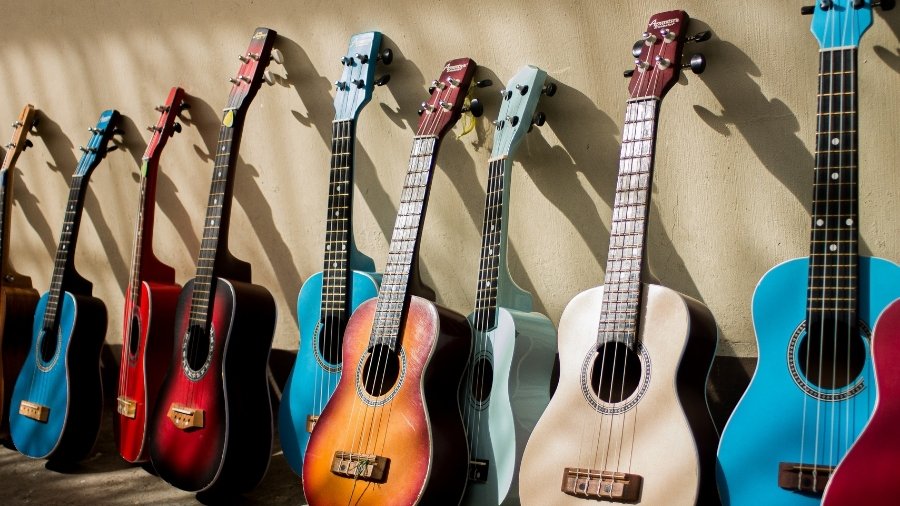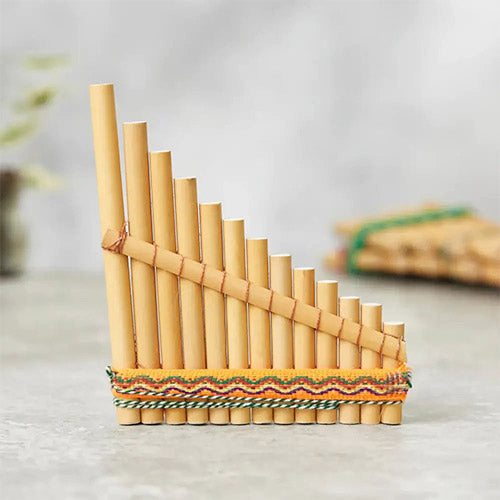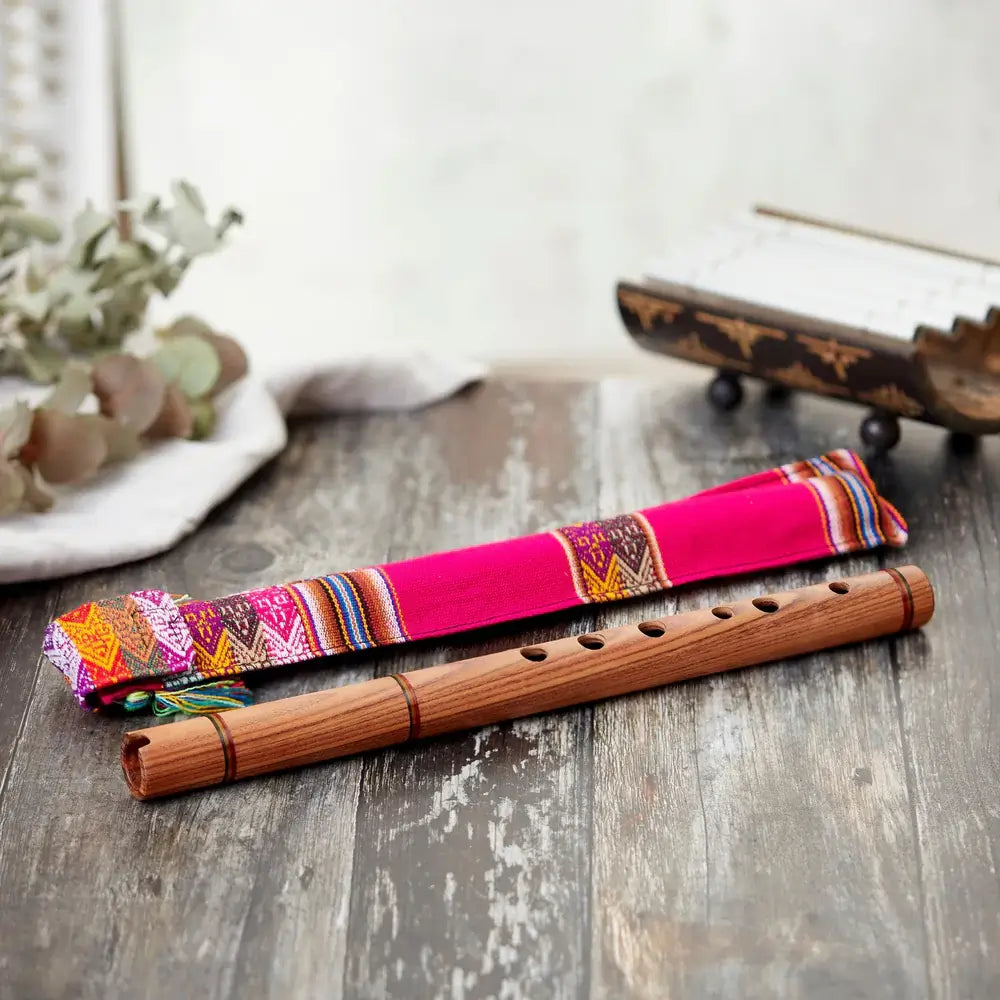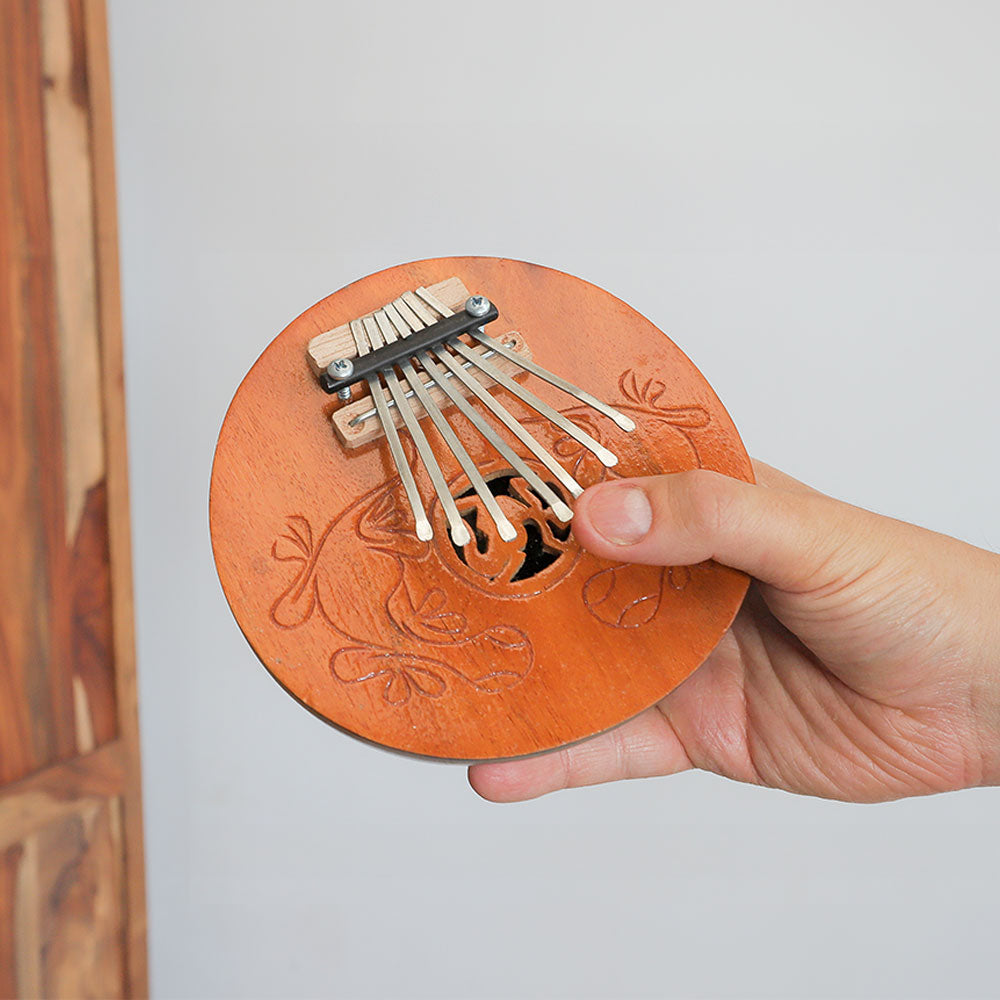In this guide we are going to be exploring whether the type of wood used in the guitar manufacturing process affects the tone and sound of the guitar. This is a common question among people who are looking to buy a new stringed instrument as there are typically so many different types of woods available at varying price points. The specific wood used to make the guitar is important for many reasons, it can affect the sound, playability of the instrument, the character, and the tone but how? Lets see what science says.
The Science Behind Guitar Sound

The wood used in a guitar can influence tone, but density, stiffness, and damping play a bigger role in how the instrument vibrates and resonates. Spruce, with its low density and high stiffness, gives clarity and strong reverberation and is often used for soundboards. Higher-density woods like rosewood are used for backs and sides to add depth and sustain. However, a study involving six steel-string acoustic guitars identical except for back and side woods, found only minimal tonal differences. Most variation came from the manufacturing process, not the wood itself. Even so, solid wood generally lasts longer than budget plywood instruments.
Common Woods Used in Guitar Construction
Tonewoods are chosen for their acoustic properties, with each wood adding its own sound and feel. Spruce is bright and dynamic, while cedar offers a warmer response. Mahogany and rosewood add warmth, sustain, and rich overtones. Maple provides clarity, ash and alder give balance and punch, and ebony offers a smooth, articulate fretboard feel. Koa delivers midrange warmth with a striking look.
The Characteristics of Wood Types

Each wood that is used in the guitar construction does have a specific characteristic, for example, maple can help give the guitar a bright tone which is suitable for rock and metal music. Rosewood can provide a subtle warmth which is great for fingerstyle playing and blues music and Mahogany delivers a balanced tone with smooth lows and mids.
The Debate on Tonewoods
Players disagree on how much wood affects tone—some focus on density, stiffness, and damping, while others point to modern construction, electronics, and technique. Both views hold truth. I notice subtle differences between woods, but tone comes from many factors combined. Some woods look better, some last longer, and cheap plywood instruments often crack due to weak construction. And naturally, certain woods just produce a nicer tone.
Famous Guitars and Wood Used

The Gibson Les Paul (mahogany body, maple top) delivers a rich, powerful tone. The Fender Stratocaster (alder body, maple neck) is bright and versatile, while the Gibson SG (mahogany body and neck) offers a balanced, resonant sound. These models show how wood combinations shape a guitar’s character.
Which Guitar Should You Choose?
If you’re trying to decide which guitar is right for you, understanding the wood, the build quality, and the way an instrument resonates will help you make a better choice. Whether you prefer a brighter tone, a warmer feel, or something balanced for multiple playing styles, knowing how these materials behave will make the buying process easier and more enjoyable.
The Only Guitar Guide You’ll Ever Need
If you want a deeper understanding of how guitars are made, how different woods affect tone, and how construction choices shape the sound you hear, this guide covers it all in a simple, easy-to-follow way. The Complete Guitar Player eBook also includes tuning, posture, chords, scales, rhythm, and 15 playable songs, giving you everything you need to start playing confidently.








